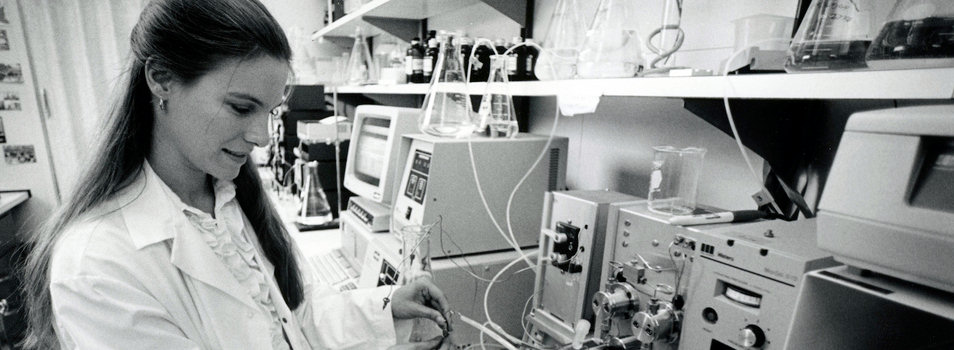Research & Development
Mapco Group is a leader in in the field of dehydration. Here in the UK we invested in research over time, learned by trial and error, and applied that thinking to develop ground breaking commercial applications such as applying Closed Loop wind tunnel technology to drying cod and haddock fish heads.
Oily fish
Mapco are currently carrying out research into how best to successfully dehydrate oily salmon and pelagic fish, as well as a variety of vegetable types such as carrots and potatoes.
Salmon and mackerel are healthy for humans to eat because they contain Omega 3 oil. But that oiliness is what makes them difficult to dry. We believe that Mapco Group will soon be able to dehydrate and deliver a much broader range of fish types than we can today.
Dehydrating vegetables
We are working with non-fish foods such as vegetables, cheeses and even chicken. Large quantities of carrots, potatoes and parsnips are grown in Scotland, come full of natural goodness, but are deemed to be the wrong shape or colour for sale in supermarkets. Each has its own special characteristics and dehydrating requirements.
How does dehydration work?
Mapco reduce moisture content to 10–20% in fresh produce, and this provides good protection against moulds. Bacteria are not inhibited by drying, so it is important to only work with high quality food and vegetables - the quality of raw materials is vital.
Background and history
The process was developed commercially in France about 1795. It was first used to preserve sliced vegetables using a blast of hot air. The earliest large-scale applications were pasta and other starch products. After 1945 it was extended to milk, potatoes, soups, instant coffee and baby and pet foods. The major benefit to food manufacturers like ourselves is reduction in weight and volume of food products, which means transportation across the globe is affordable.
Technology
How do Mapco dry fish and other products?
Fish, vegetables and other foods are placed in the dryer on horizontal drying flakes. Fans located above a false ceiling circulate conditioned air through the space and over and around the product. This warm dry air absorbs any moisture released, causing the air to increase in humidity and decrease in temperature.
A defined portion of this air is then passed through a dehumidifying coil which cools it, condensing the moisture. The air is then reheated as it passes through a hot gas condenser, then mixed again with the bypassed air and on through the fans, plenum and flakes again for a continuous drying cycle.
This methodology has several advantages:
- It is efficient. Energy consumption is reduced by up to 70% over conventional drying systems. Any surplus heat goes to heat the processing room or even hot water.
- The technology is reliable and gives a consistently high quality drying cycle.
- Outside drying means you are limited by the length of fine summer weather available. This enables 24/7 processing.
- Most importantly it is very hygienic and isolates products from environmental contamination
The Scottish Government recognizes the achievement of your business and are keen that you continue to grow your business in Peterhead.”
 The vision for Mapco Group is to be more than a successful trading business. The Group have just established the Mapco Foundation, a charitabl Full Story...
The vision for Mapco Group is to be more than a successful trading business. The Group have just established the Mapco Foundation, a charitabl Full Story...
Mapco Group have recently launched the Africa Incubator Fund, and are actively researching areas for ethical investment opportunities on the Africa Full Story...

